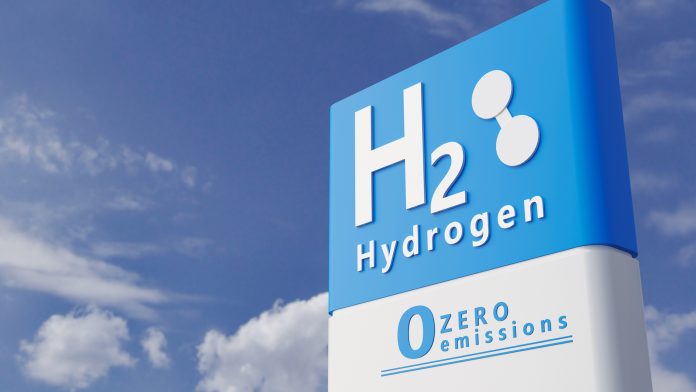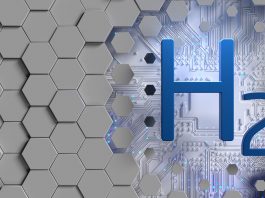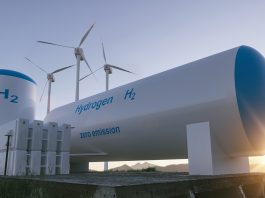A Chinese research team has developed a new processing method to transform seawater into sustainable hydrogen fuel.
Seawater is the ideal candidate to be utilised as hydrogen fuel, as it is renewable, extremely abundant, economical, and has the right amalgamation of ingredients to produce high-quality hydrogen.
However, a significant drawback of seawater is that it contains ingredients, such as chlorine, which stop the conversion technology from working efficiently. To overcome this, a research team has developed an alternative processing platform that can attain all the benefits of seawater without the negatives of chlorine.
Xuping Sun, the corresponding author of the study and a professor at the University of Electronic Science and Technology of China and at the Shandong Normal University, commented: “Seawater electrolysis is an extremely attractive approach for harvesting clean hydrogen energy, but detrimental chlorines species, such as chloride or hypochlorite, cause severe corrosion at the anode.”
Limitations of seawater electrolysis
Electrolysis involves applying an electric current to water to split its constituents, producing oxygen and hydrogen. This resulting hydrogen can be utilised as clean hydrogen fuel that only emits water when burned, in contrast to fossil fuels that pump out harmful carbon emissions.
The cathode attracts the OH, helping to reduce the target molecules of two hydrogen atoms. At the same time, the anode pulls the negatively charged molecules and gives them electrons, which causes them to oxidise.
However, during seawater electrolysis, the anode also attracts negatively charged chlorine elements that can corrode the electrode until it breaks. The electrodes can be made of various noble-metal oxides and multimetallic oxides, but all still result in corrosion.
Sun said: “Among the material options, layered double hydroxides are verified as a promising alternative for the desired reactions due to their tunable composition, lower costs and good catalytic activities.”
A new method for hydrogen fuel
Layered double hydroxide materials are brucite-like lamellar crystals made of positive host layers and charge-balancing interlayers that sandwich water and negatively attract particles, such as chlorine.
Sun explained: “Previous research in our group and others has demonstrated that nickel-iron layered double hydrides offer promising catalytic activity and selective oxidation reactions, but the service life of the material requires improvement. This could be done by inhibiting side reactions, such as chloride corrosion, and improving the exchange of OH–, but long-term stability of at least 100 hours for a large current density has rarely been achieved on this material.”
The team designed a nickel-iron layered double hydride array on carbon cloth with benzoate particles inserted into the layers to develop a more stable electrode.
“In this work, we report that the approach achieves efficient and stable seawater oxidation electrolysis,” Sun said. “Interestingly, the negatively charged benzoate ions not only act as a corrosion inhibitor with resistance against detrimental chlorine (electro)chemistry but as a proton acceptor to alleviate the local solution pH drop around the layered double hydrides electrode.”
Moreover, the benzoate ions expand the materials’ interlaying spacing, allowing electrolytes to penetrate and diffuse through it. This new method can perform uninterrupted electrolysis for 100 hours without suffering structural change.
Sun concluded: “This design successfully achieves the multiple needs of an anode toward efficient and stable seawater oxidation. This work not only provides us with a robust catalyst for high-active seawater oxidation electrolysis, but also may open an exciting avenue to the surface engineering of anodic catalyst materials with enhanced durability.”









